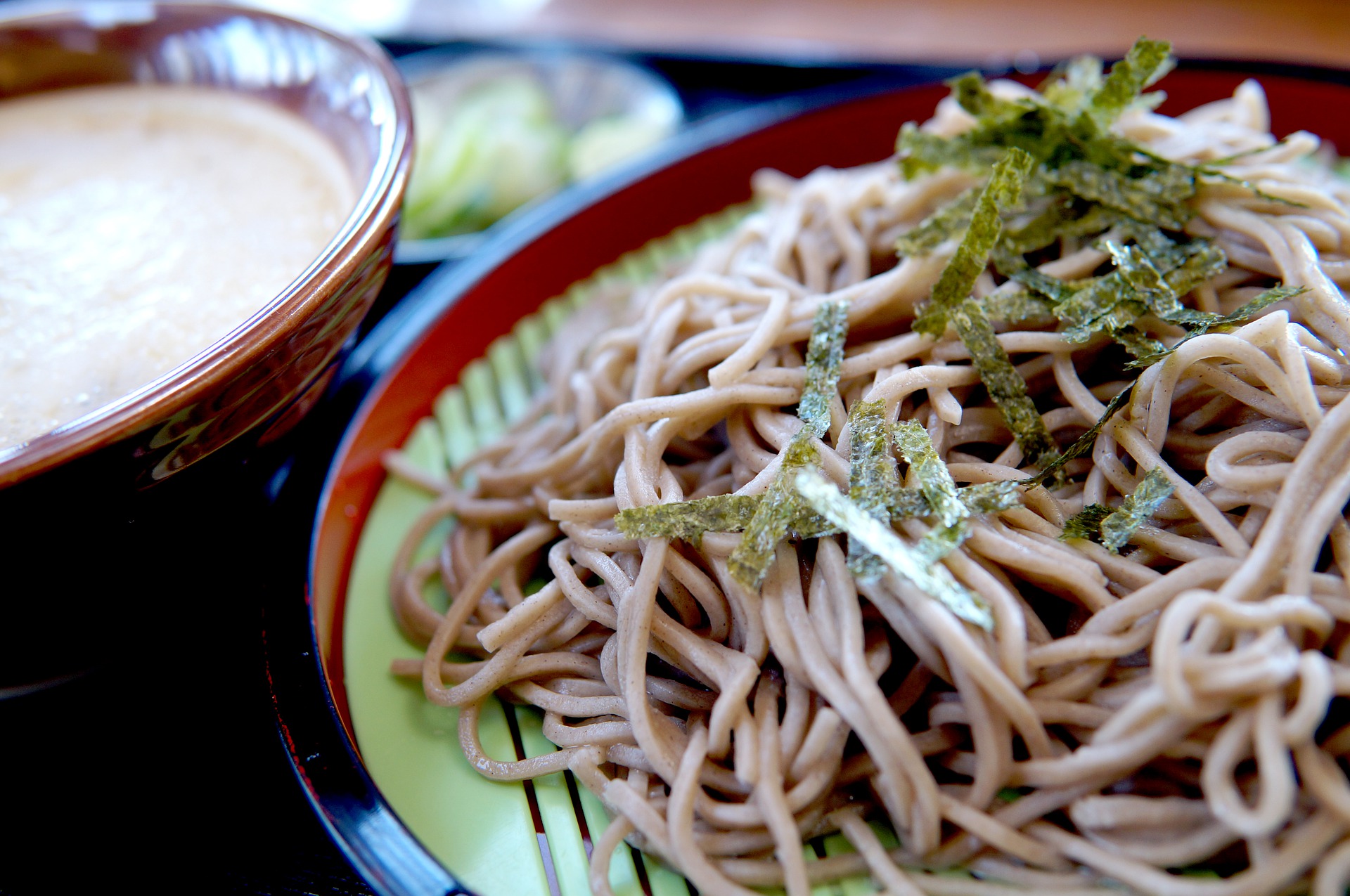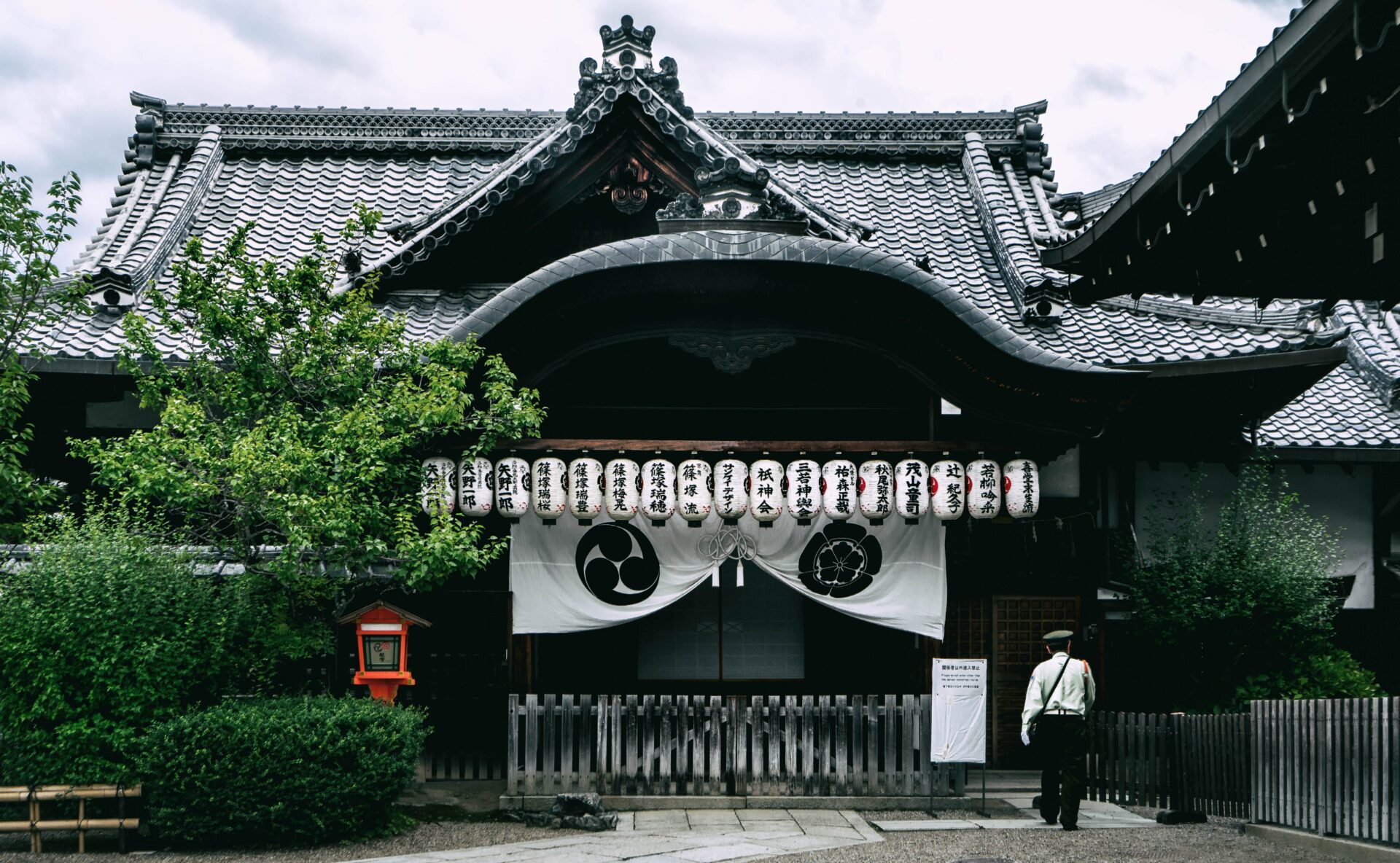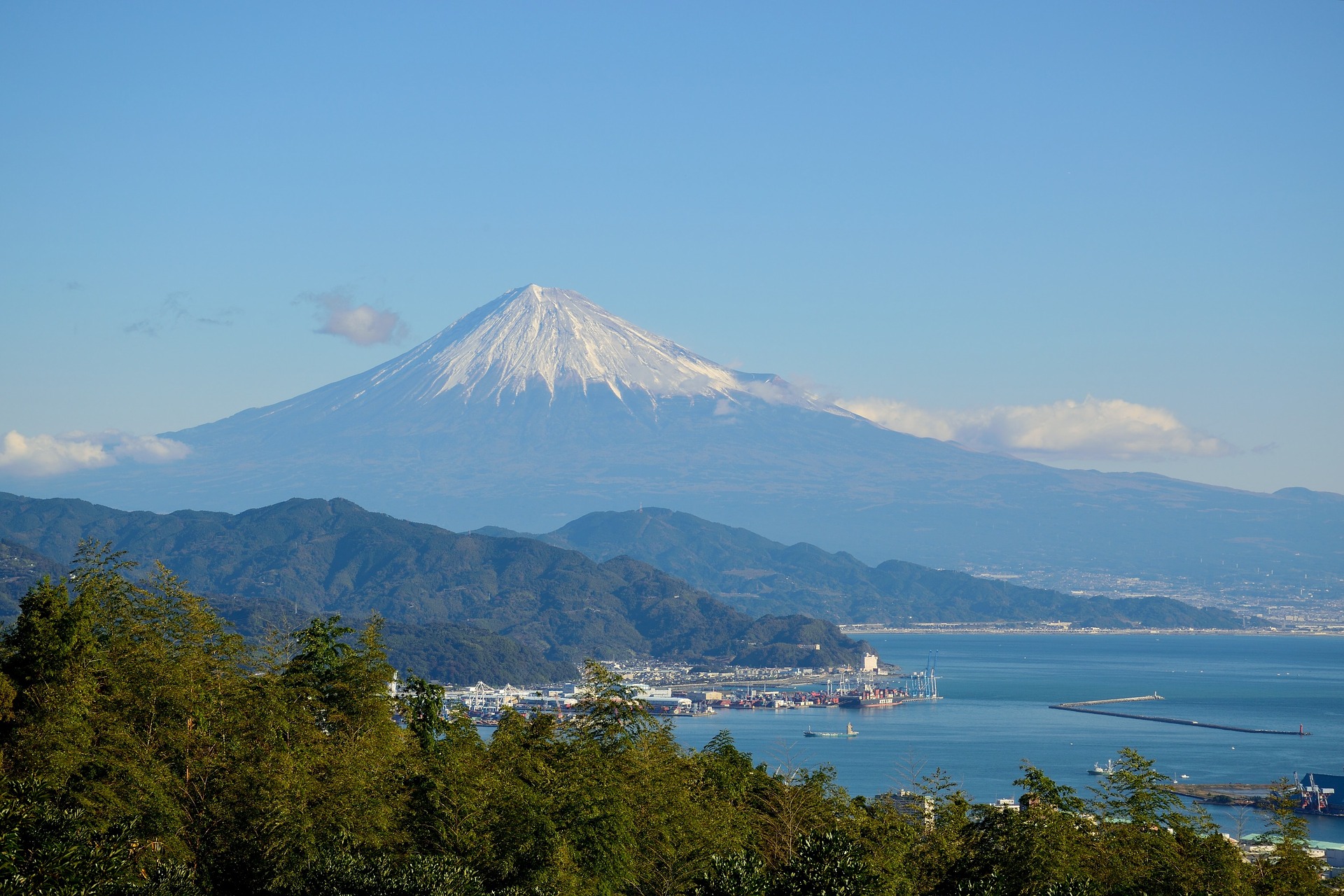Summers in Japan are hot and humid, but they are also full of fun experiences and activities. Especially if you love the outdoors, the summer is a great season to come to Japan. Another good reason to visit in the summer are the seasonal foods and drinks that are best or can only be enjoyed in the middle of the year. Look out for these summer foods and drinks in Japan during summertime!
- 1. Somen
- 2. Zaru Soba / Zaru Udon
- 3. Kakigori (shaved ice)
- 4. Watermelon
- 5. Mizu Shingen Mochi Wagashi
- 6. Hiyashi Chuka
- 7. Reishabu
- 8. Ramune
- 9. Ayu
- 10. Morioka Reimen
- 11. Hiyayakko
- 12. Unagi
- 13. Yakitori
- 14. Japanese Popsicles (ice candy)
- Enjoy summer with Yukata
- Japan Wonder Travel Tours
- Other articles you might be interested in
1. Somen
In some locales in Japan you will find an interesting-looking long scaffolding made with bamboo during summer events. When you look closer, you will see long white noodles flowing through them that are caught at the end of the pipe by waiting kids and adults who then dip and eat them right away. This is called nagashi somen, a traditional river of noodles that people like to enjoy in the summer with a group of neighbors. In Kamakura you can enjoy nagashi somen in a specialist restaurant.
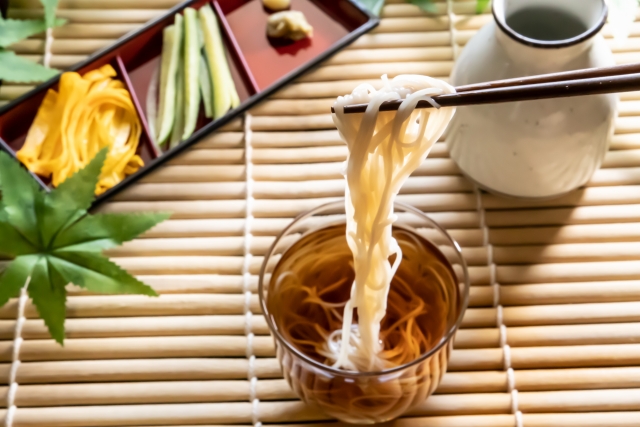
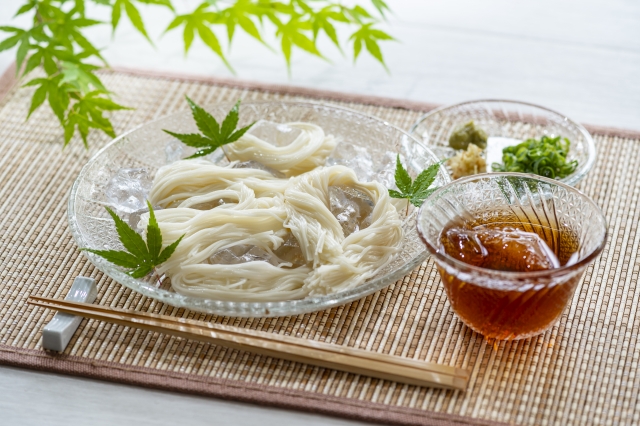
2. Zaru Soba / Zaru Udon
You may be familiar with warm soba and udon, but did you know that it is also tasty to eat your noodles chilled? This is called zaru soba (with buckwheat noodles) and zaru udon (with udon noodles), and for the noodles to become chilled they first cook them and then cool them off after which they are served over a bamboo mat. You can order zaru noodles all year round, but most people prefer to eat them during the summer as a nice and cooling lunch.
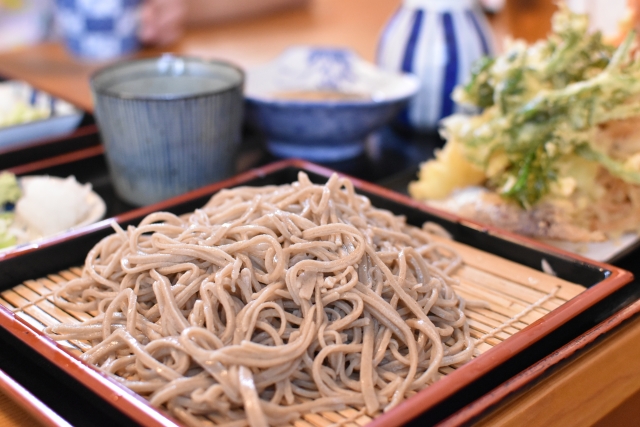
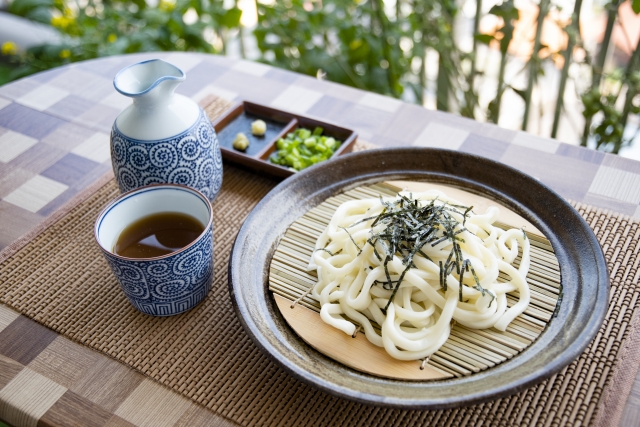
3. Kakigori (shaved ice)
No matter where you look, during the summer you can see the kanji character for ice (氷) everywhere in Japan. What the shops with this sign on display sell is kakigori, or shaved ice, a real favorite with the kids and many adults. Kakigori comes in colorful different flavors, of which strawberry, melon, and lemon are the most popular ones. Besides the standard cups with kakigori, you can also go to a dedicated dessert restaurant and enjoy a luxury version which usually contains added extras such as red beans, condensed milk, and mochi.
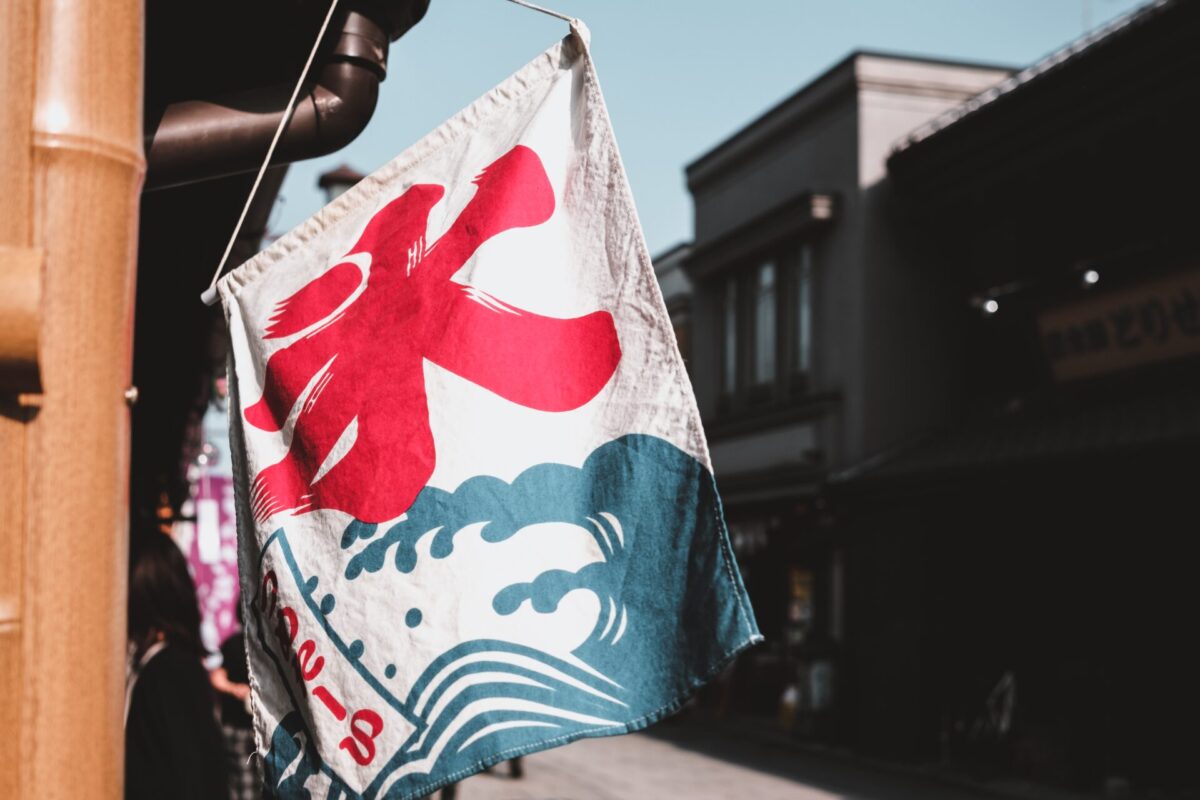
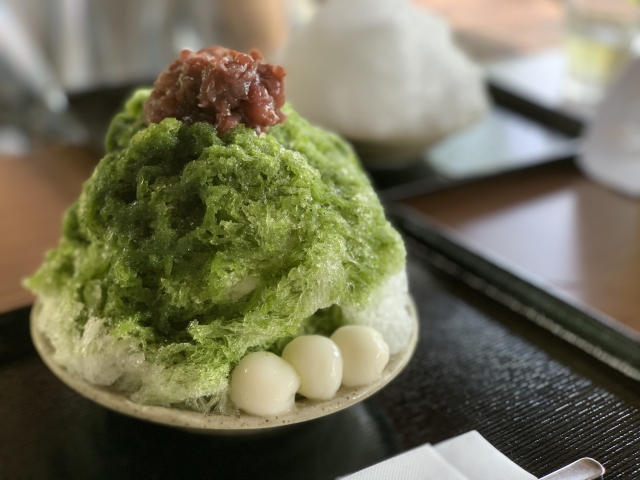
4. Watermelon
Home-grown suika, or watermelons, are available all over Japan in the summer months. They are very juicy and if you get a good one also incredibly sweet and flavorful, so the watermelon is a popular snack between meals and dessert during the Japanese summers. An interesting tradition surrounding watermelons is the so-called ‘suikawari’ that tends to happen in places like beaches and parks. If you see a group of people going at a watermelon like it is a pinata, chances are you happened upon a suikawari event. The point is to break your watermelon before your opponents do, and of course after they are all broken all participants and judges enjoy a few nice pieces of watermelon.
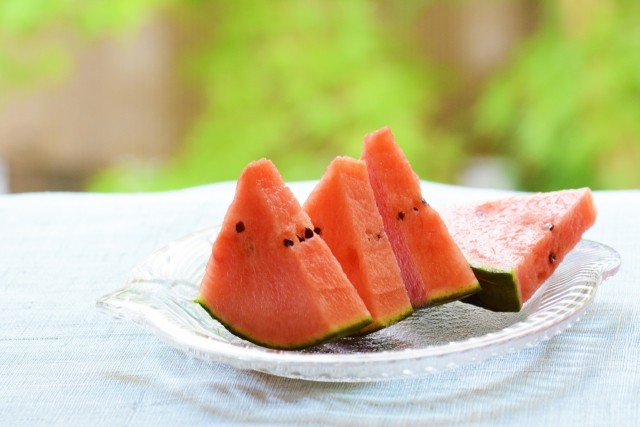
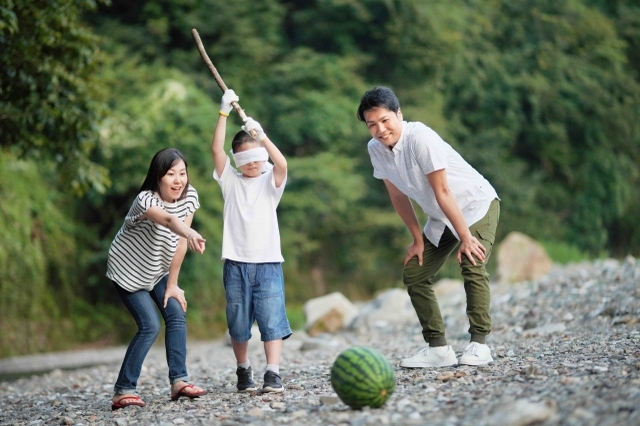
5. Mizu Shingen Mochi Wagashi
One of the best traditional Japanese sweets is the clear jelly mizu shingen mochi, which looks like a big raindrop. This type of wagashi only appears during the warmest months, and they are a very refreshing sweet to enjoy on a hot day. These raindrop cakes are still relatively new, as they were developed in 2013 by a confectionary maker who wanted to make ‘edible water’, undoubtedly having been inspired by warm weather. It became a big hit, and now the special sweet makes a comeback every year. Look for them in expensive department stores or wagashi specialist stores.
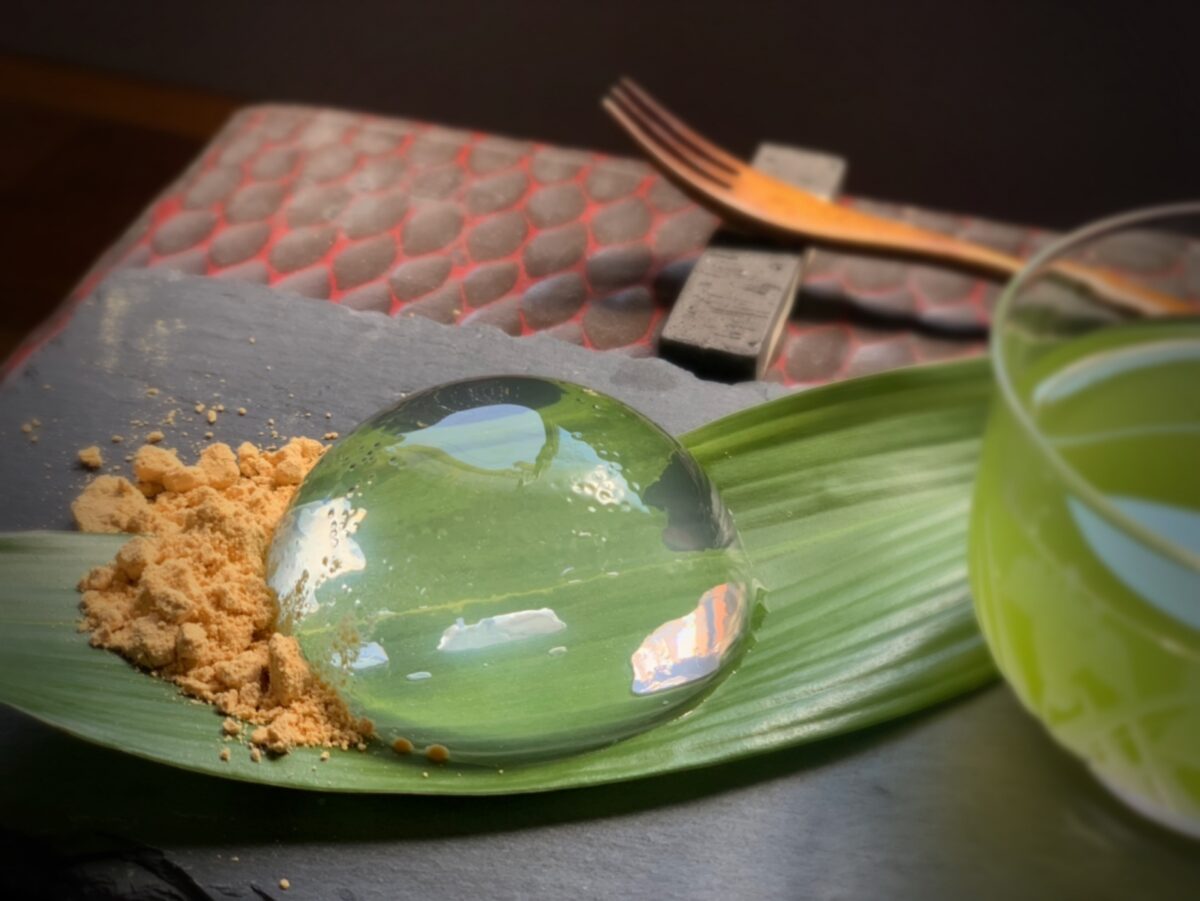
6. Hiyashi Chuka
The colorful dish called hiyashi chuka are cold Chinese noodles that come with several tasty toppings. Usually they consist of ham, omelet, cucumber, tomatoes, and a few other ingredients. The noodles come with a salty dipping sauce called tare to add even more flavor to this tasty dish. This is a great lunch on a hot day that can sustain you for much of the rest of the day without feeling too full.
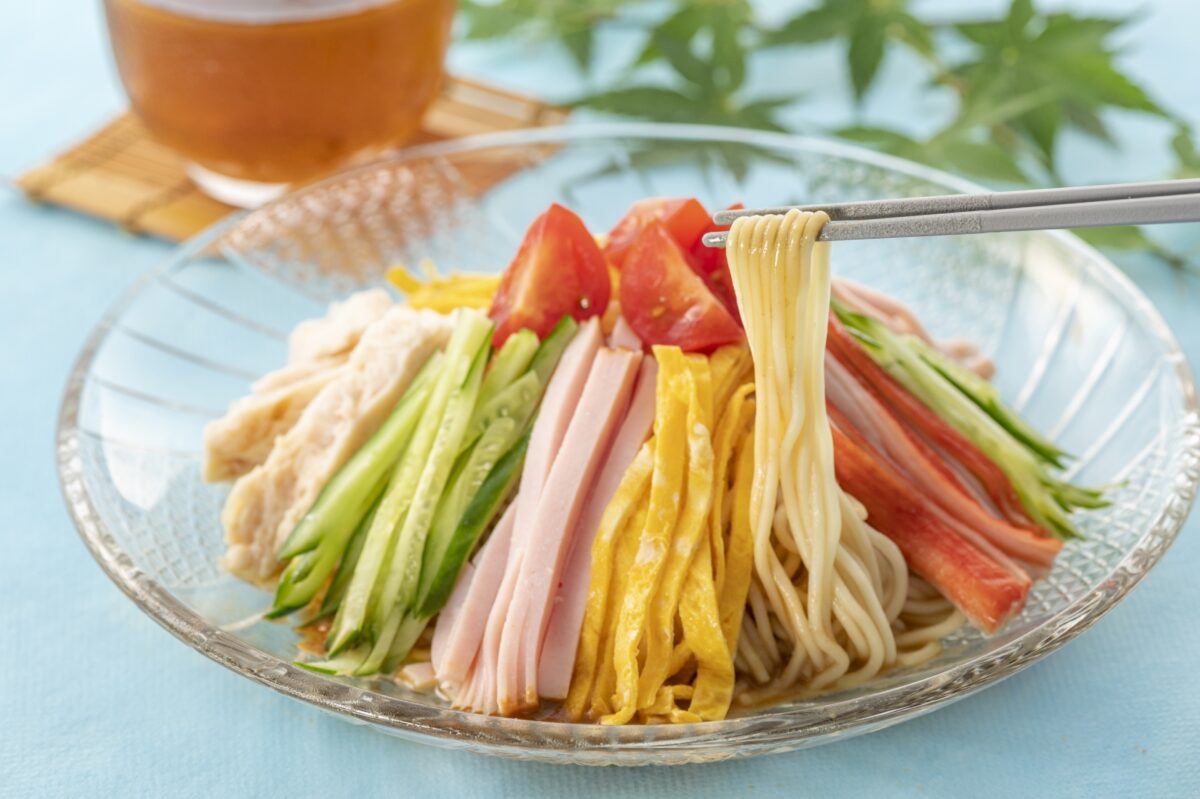
7. Reishabu
Those who are familiar with shabu shabu know that this is a fun cook-it-yourself dish for which you quickly sweep thin slices of pork through a hot pot filled with water or broth. In the summer, you may be more in the mood for its cold counterpart, reishabu. The slices of pork have already been cooked and cooled down and are usually served on top of a simple salad of lettuce and tomatoes. Dipping sauces are served on the side for some extra salty flavor.
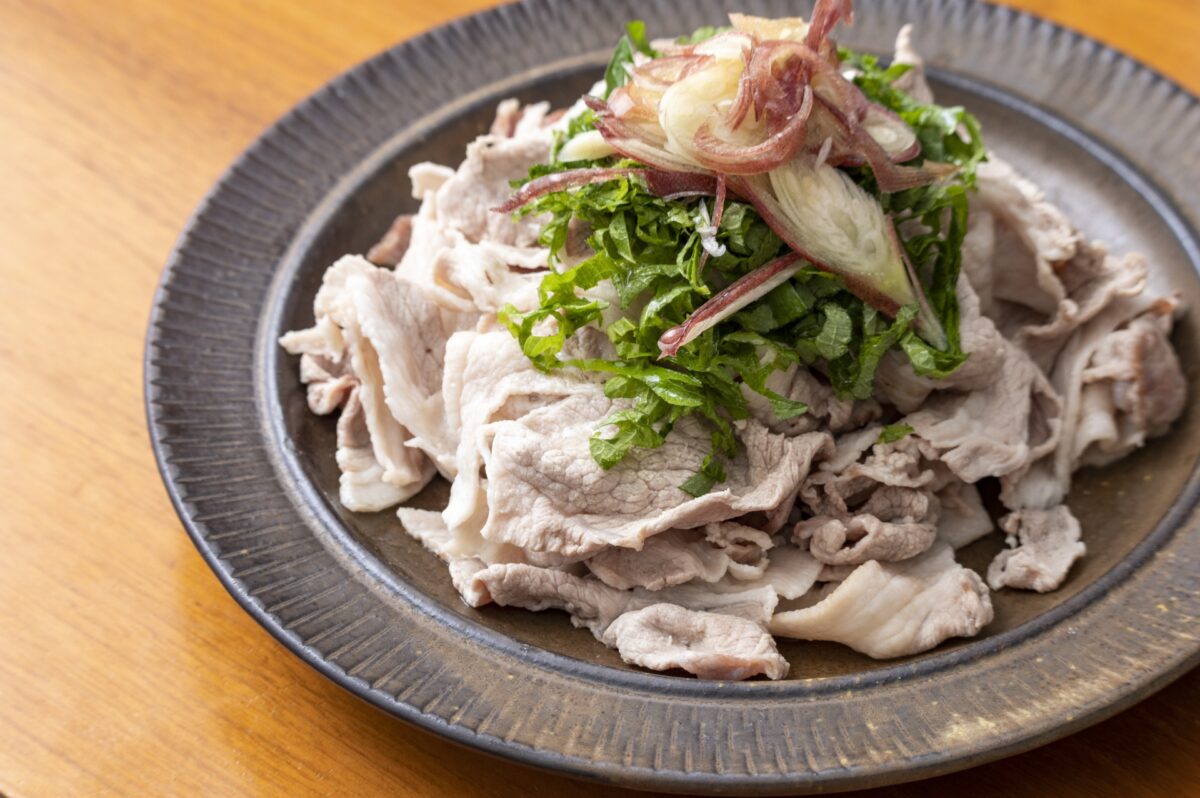
8. Ramune
Did you know that Japan has its very own original soda pop? Opening a glass bottle of ramune is a fun experience, as the original bottles have a glass ball that shuts off the top for fresh-keeping. You have to pop the ball down with the cap to open up the bottle, which does take some practice. The sweet flavor of ramune is pretty close to the flavor of a hard candy, so it is also no surprise that there are many candies with a ramune flavor. Many kids grow up drinking ramune during summer festivals, so it is considered a typical summer drink.
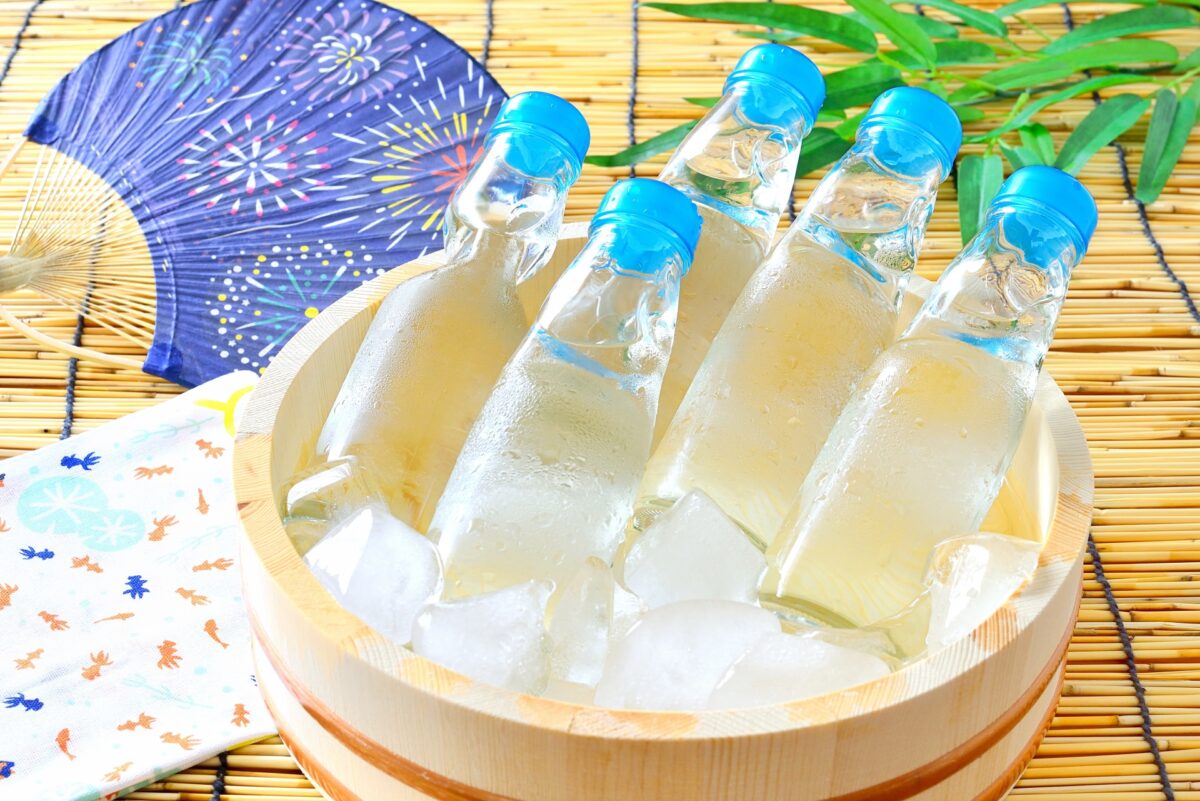
9. Ayu
If you’ve ever seen Japanese festival food stalls, you’ve probably seen the whole fish on sticks. These are ayu, or sweetfish, that can be eaten in their entirety. They are prepared simply on a grill with a bit of salt for extra taste and are a popular snack for young and old. As far as snacks go, ayu is one of the healthiest nibbles you can get as they are chock full of healthy nutrients.
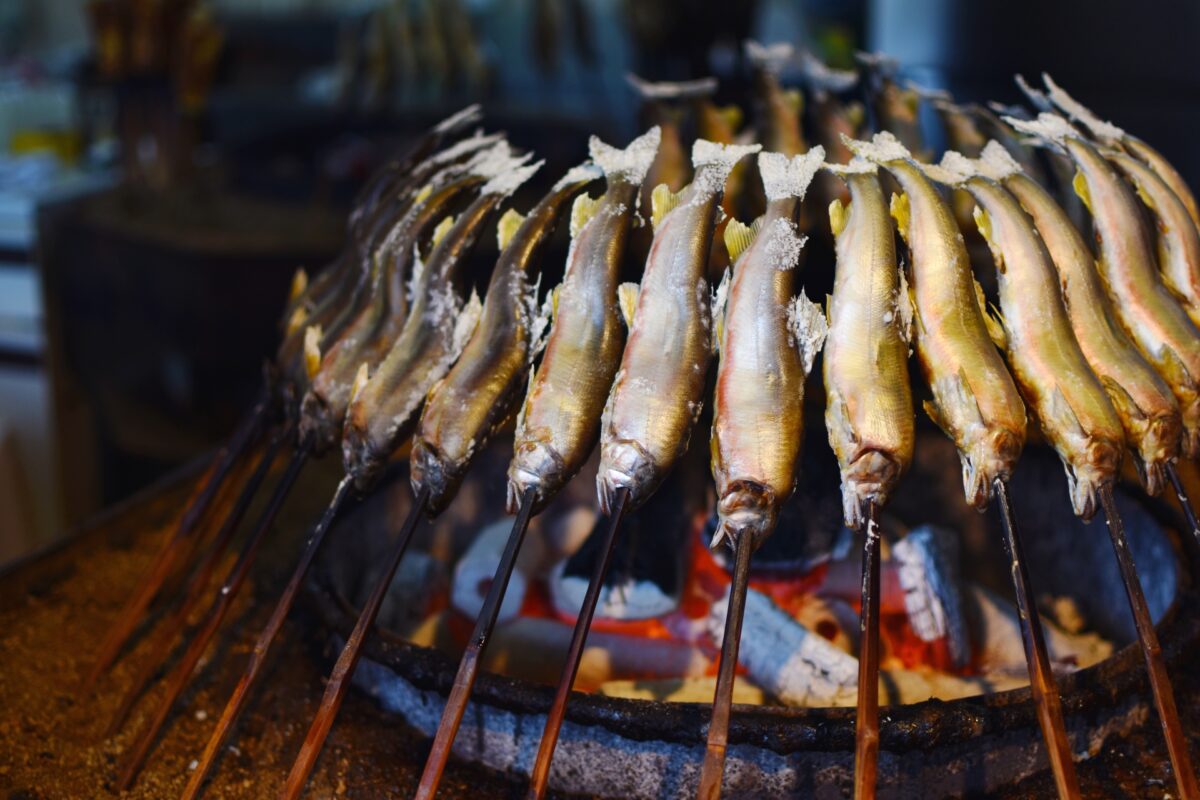
10. Morioka Reimen
Another type of cold noodles, Morioka reimen are originally North Korean noodles that are called naengmyeon. They are called Morioka reimen because the Japanese-Korean immigrant who brought these noodles to Japan for the first time served them in a restaurant in Morioka, Iwate. Morioka noodles are much firmer than ramen noodles, and are almost transparent. They come in a soup flavored with beef and chicken and with toppings of pork, egg, cucumber, and kimchi.
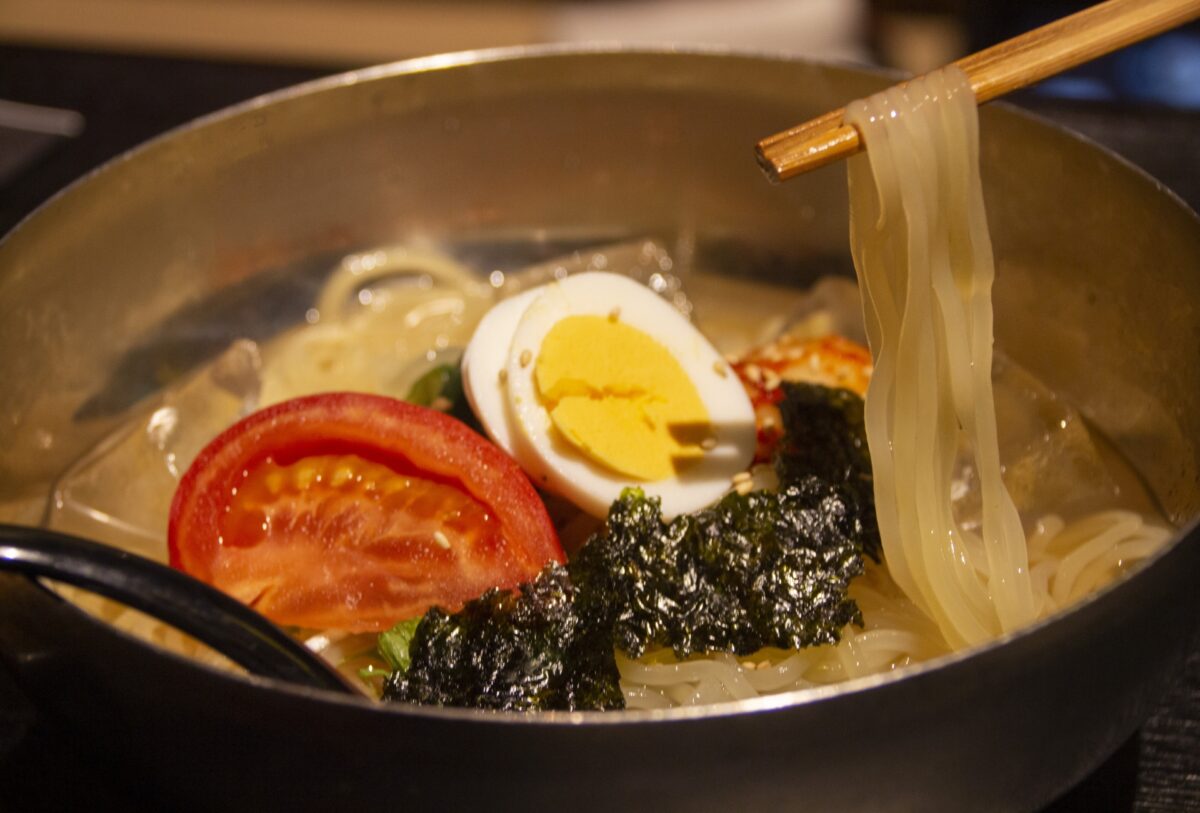
11. Hiyayakko
Hiyayakko is a simple, healthy side dish that many Japanese people love to enjoy during the summer. It is chilled silken tofu topped with bonito flakes, scallions, and wakame seaweed with some grated ginger and daikon on the side. To finish it you pour a bit of soy sauce over the dish, and your nutritious, light snack is done.
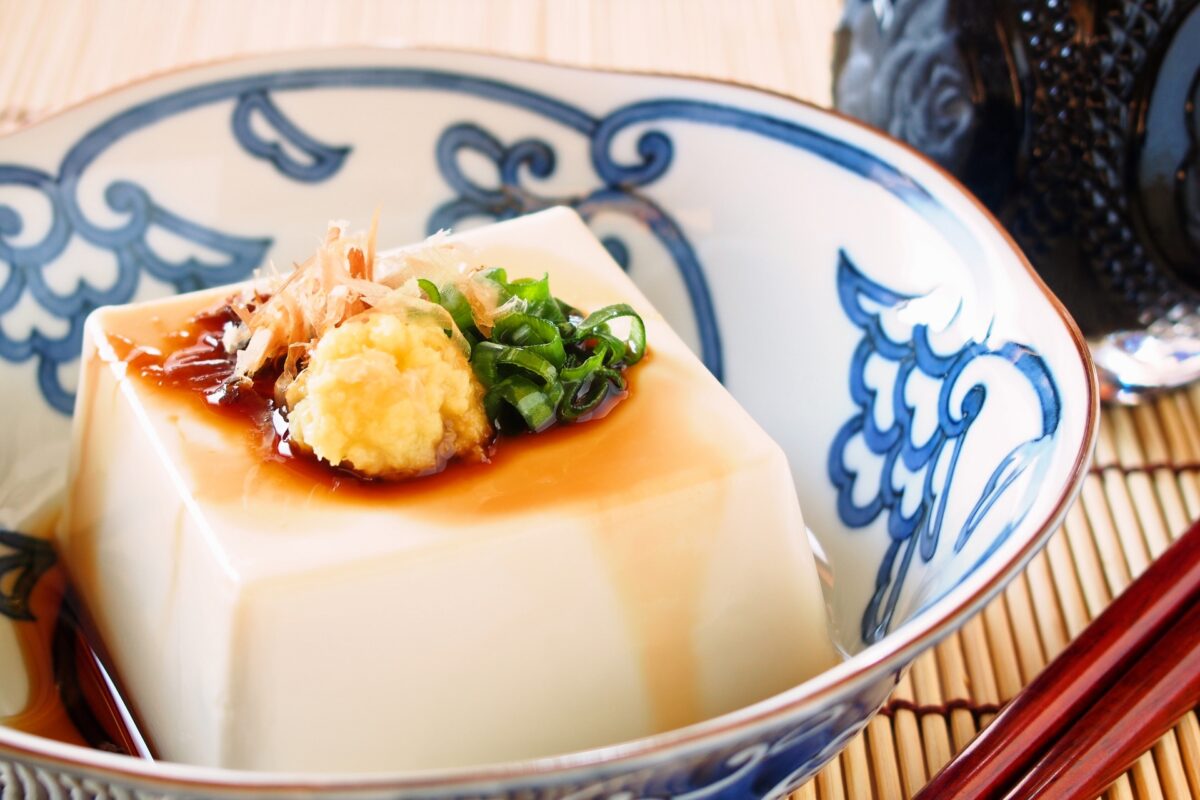
12. Unagi
Freshwater eel, or unagi, is one of Japan’s best summer delicacies. While it is by no means a cheap dish, many people want to enjoy unagi at least once per year because it is so delicious. Unagi is usually enjoyed on top of rice and with a special lightly sweet-salty sauce that complements the fish’ meat. It is considered a summer food because they say that eating unagi helps you keep your stamina up during the hottest time of the year with its nutritional value. One of the best places in Tokyo to enjoy unagi is in the new Toyosu fish market.
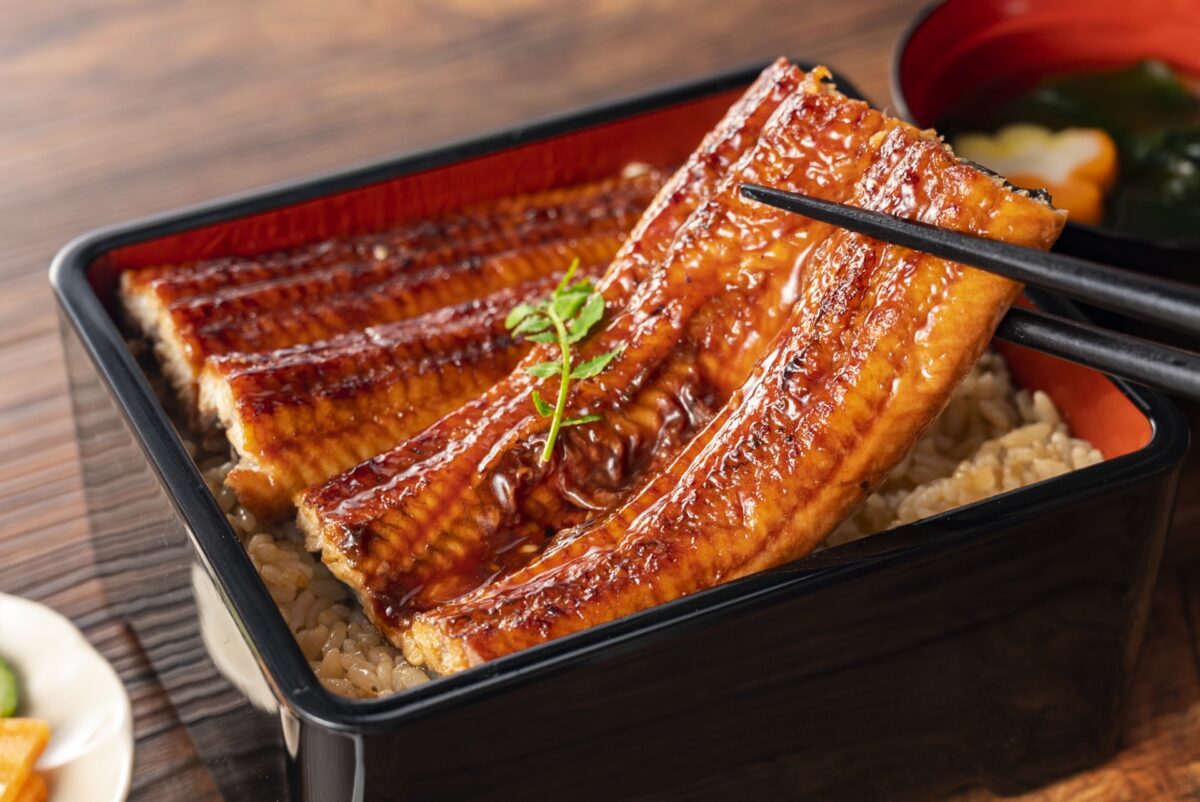
13. Yakitori
While not strictly a summer food, yakitori is often associated with the summer because of its wide availability during summer festivals. These scrumptious chicken skewers are an integral part of outdoor activities when the weather is warm, and the wafting smells of yakitori being grilled is definitely an important part of the scene. Of course, you can also enjoy yakitori in a specialized restaurant like one of the many specialists in Omoide Yokocho, they go exceptionally well with a good glass of beer.
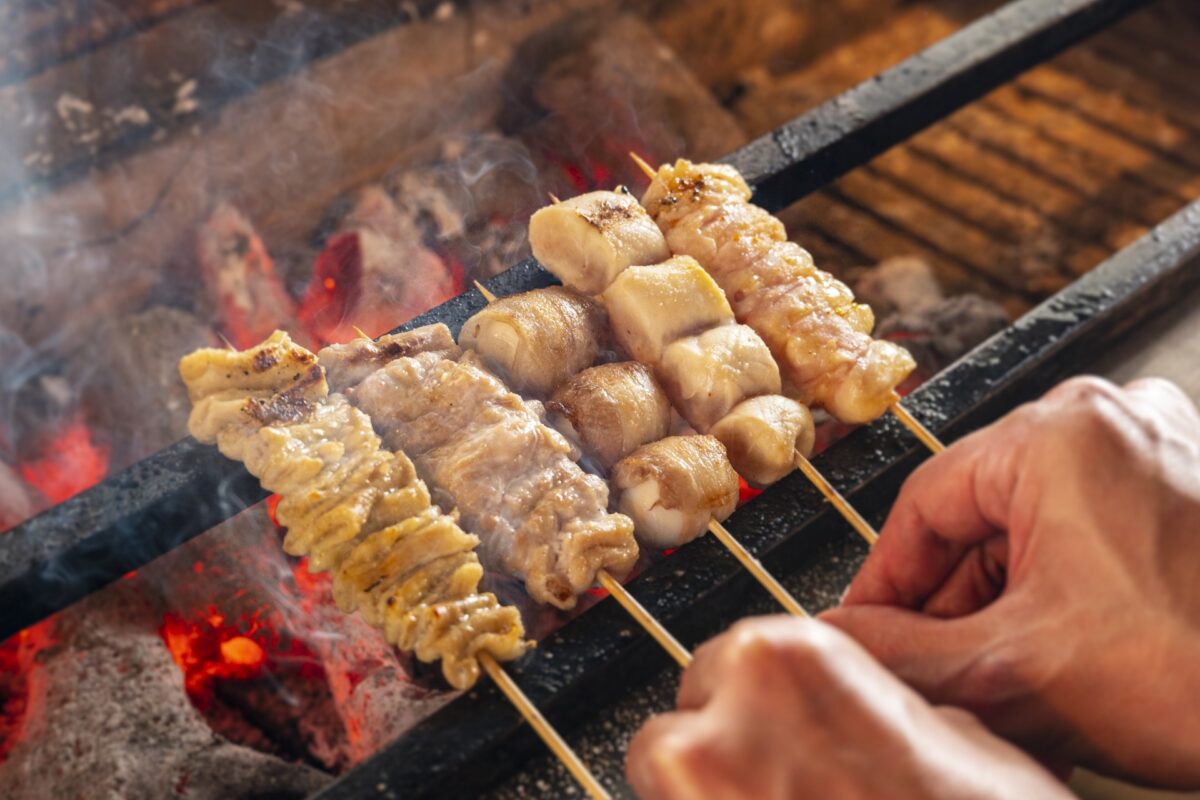
14. Japanese Popsicles (ice candy)
Sometimes you just want a taste of the precious summers of your childhood, and in Japan, the Japanese popsicles called Gari Gari Kun take you right back. Made of pressed crushed ice, there are many flavors available such as soda pop, cola, grapefruit, pear, mixed berries, and white peach, so there is something for everyone.
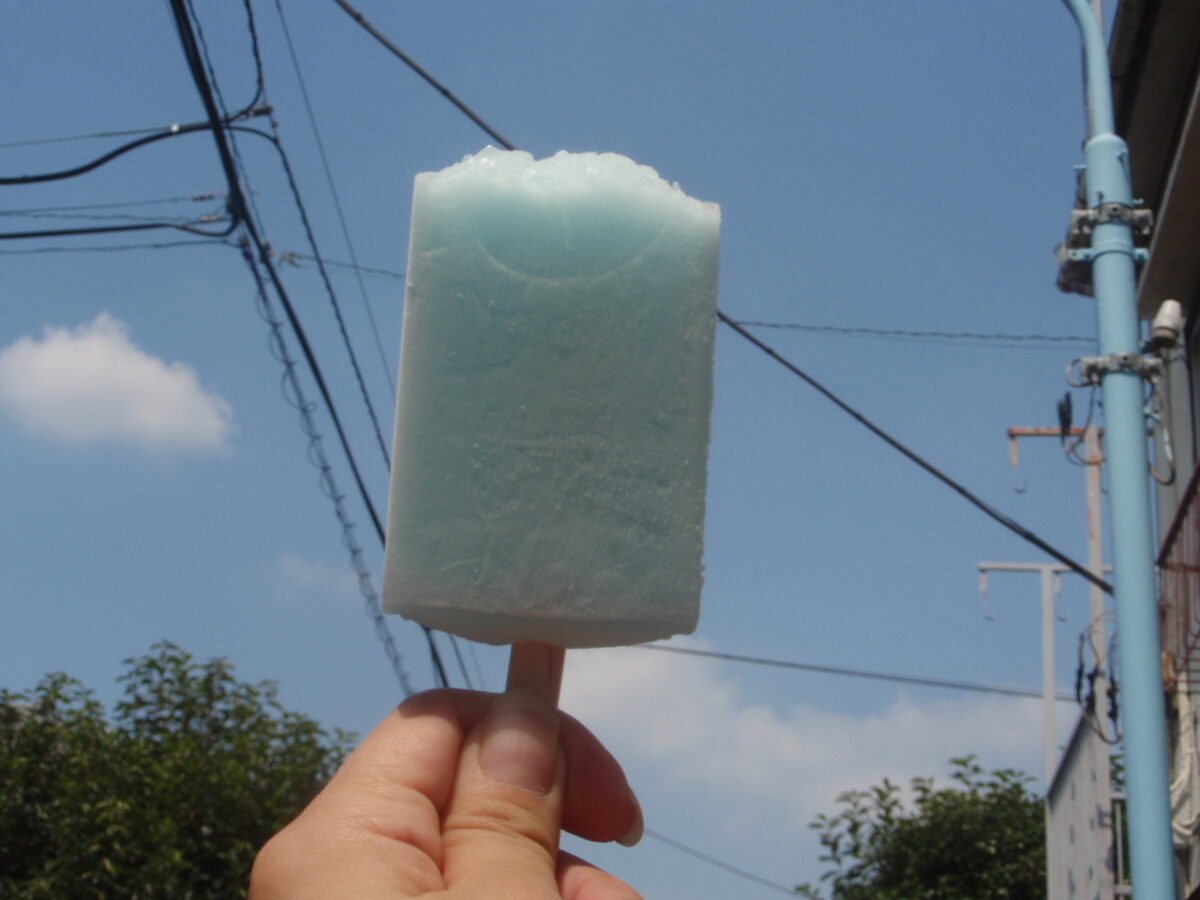
Enjoy summer with Yukata
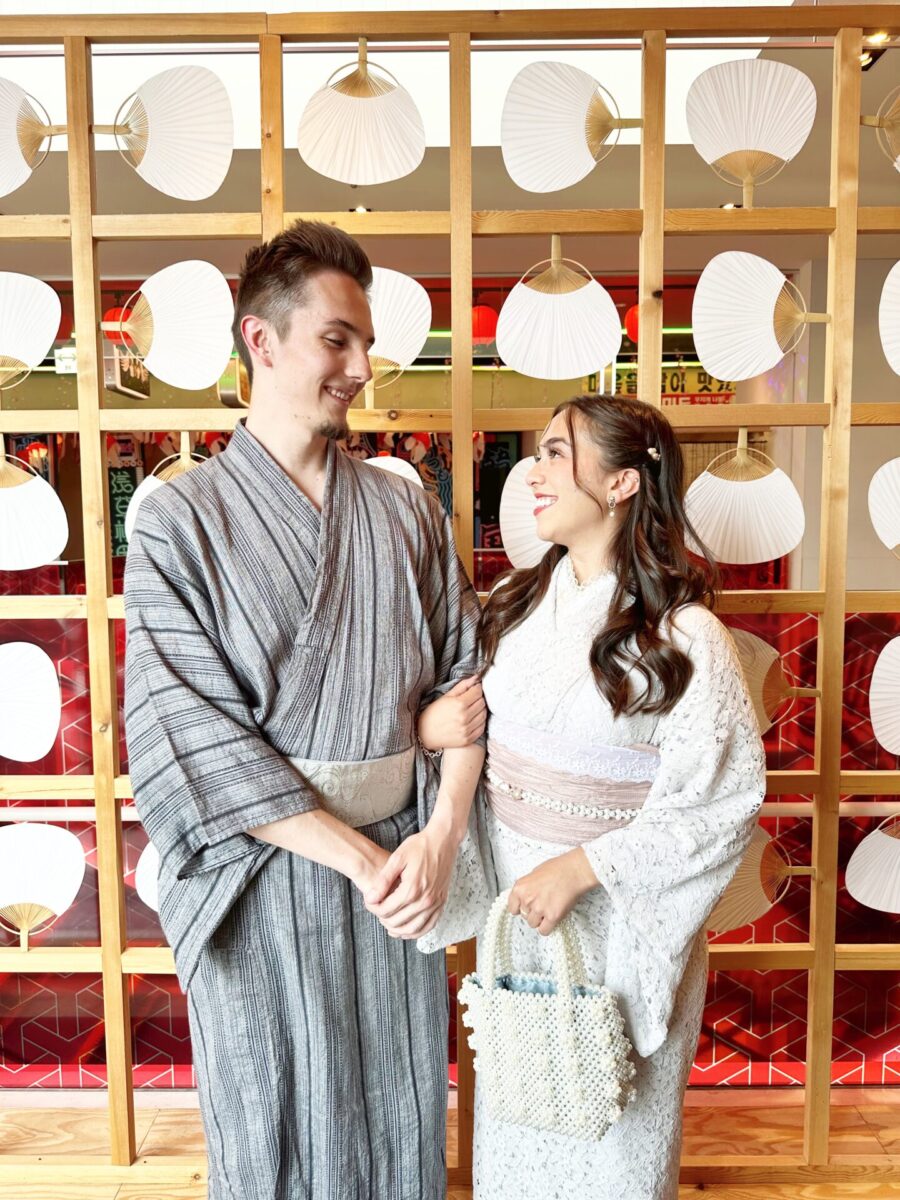
Yukata (Summer Kimono) Rental is Now Available!
Discover Japan’s summer essence with a traditional Yukata from Kimono Rental Wargo! Explore cities or join festivals effortlessly starting from just ¥3,300. Our shops are conveniently located in Tokyo, Kyoto, Osaka, Kawagoe, and Kanazawa. Elevate your adventures with the elegance of the Yukata and create unforgettable memories in Japan!
Japan Wonder Travel Tours
Japan Wonder Travel is a travel agency that offers guided tours throughout Japan.
From private walking tours to delicious Food and Drink tours, we can help you organize the best tours just for you! If you want to explore Japan and learn more about the history and backstories of each area you are visiting, our knowledgeable and friendly English speaking guides will happily take you to the best spots!
In addition, we can provide you with any assistance you may need for your upcoming trip to Japan, so please feel free to contact us if yu have any questions or need some help!
▶Tokyo Tsukiji Fish Market Food and Drink Tour
Explore the most lively and popular fish market in Tokyo and try some of the local’s favorite street foods and sake with one of our friendly and knowledgeable English speaking guides!

▶Tokyo 1–Day Highlights Private Walking Tour (8 Hours)
There’s no better way to explore an area than taking a tour with a knowledgeable local guide. You will have the chance to learn about the history and interesting background stories of Tokyo, as well as discover some hidden gems which can be hard to do without a guide.

▶Mt. Fuji Day Trip Bus Tour from Tokyo
Experience the breathtaking views of Mt. Fuji by visiting the highlights of the area on our guided sightseeing bus tour! Departing from Shinjuku in central Tokyo, you can travel comfortably to all of the best spots in the area by bus.

Follow us on Instagram, Facebook and Twitter for more travel inspiration. Or tag us to get featured!
Happy traveling!
Other articles you might be interested in

Stefanie Akkerman moved from the Netherlands to Japan in 2013 with her Japanese husband and son. She jumped into the niche of Dutch tour guiding in Tokyo and Kamakura in 2015 and occasionally writes articles about all the great sights and activities Japan has to offer. She loves (Japanese) food, and to work that all off she goes diving, snorkeling, cycling, or hiking.
This post may contain some affiliate links. When you click through and make a purchase we may receive some commission, at no extra cost to you.
